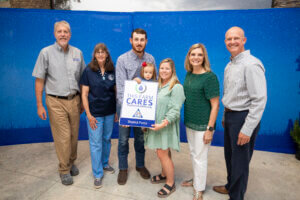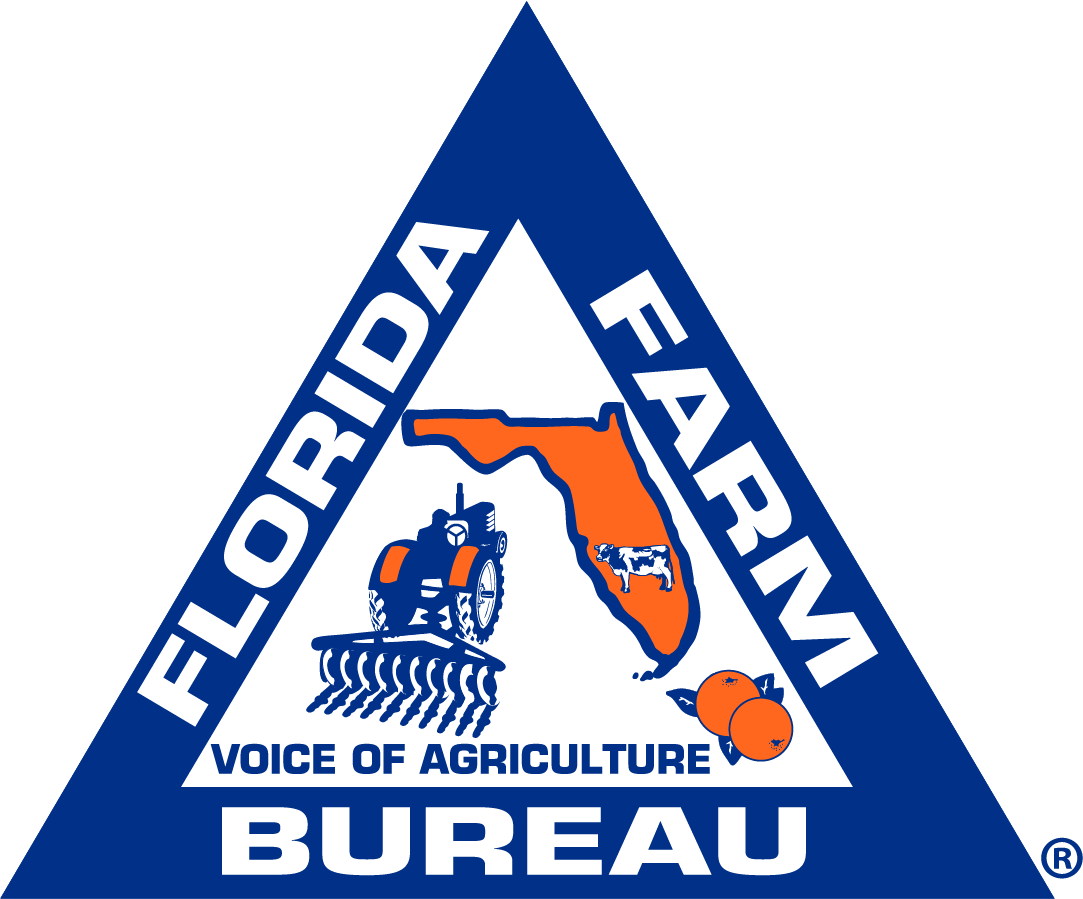June 2024 FloridAgriculture eNewsletter

By Rob Gilbert
[email protected]
@IFAS_VP
Florida agriculture has a recipe for profitable farming that protects water quality. The ingredients include science, financial incentives, and encouragement from peers.
We’re fortunate in Florida to have a great partnership to supply you with all of the above.
The University of Florida’s Institute of Food and Agricultural Sciences (UF/IFAS) develops the science. The Florida Department of Agriculture and Consumer Services (FDACS) makes water-friendly farming less costly. The Florida Farm Bureau Federation (FFBF) encourages you to adopt controlled release fertilizer, cover cropping and more – and highlights farmers who embrace these innovations.
There are many more partners, but these three represent the academia-government-industry partnership on which the land-grant mission is based.

At the recent Suwannee CARES event, we celebrated another dozen farmers who are doing it right. They got plaques, applause, and photos with FFBF President Jeb Smith.
They also cruised a midway that offered everything from pork sliders to roasted PBJs.
UF/IFAS hosted the party at its North Florida Research and Education Center—Suwannee Valley. FFBF identified the honorees and helped bring together 700 people to celebrate environmental stewardship. Kathy Mears, chief of staff to the commissioner of agriculture, and West Gregory, who leads the FDACS Office of Agricultural Water Policy, attended to show their support.
Even with state statute as his marching orders to implement BMPs, Gregory says the key to widespread adoption is not to force them on farmers but to help them figure out how to implement them effectively and profitably.
His office defrays costs for new equipment, supplies or techniques with direct funding or through the Farm Bureau, the water management districts, or UF/IFAS.
FDACS also supports some of the science. It funds the work of UF/IFAS researchers who validate the effectiveness of existing practices and discover new ways to grow more food with fewer inputs. I’m thankful to FDACS for supporting work on carrots, corn, and watermelon at the UF/IFAS research farm in Live Oak.
None of us could do this individually. In recent years we at UF/IFAS have deployed researchers across the state to update nutrient rate recommendations that in some cases are a generation old. FDACS, sometimes through the Suwannee River Water Management District, has invested more than $17 million in the past decade to help farmers buy soil moisture sensors and air seeders. Farm Bureau finds exemplary producers who inspire others to commit to BMPs.
So, while we celebrate the farmers who are getting it right, we also celebrate the academia-government-industry recipe we’ve relied upon to implement the land-grant mission for 150 years.
Rob Gilbert is the University of Florida’s interim senior vice president for agriculture and natural resources and leader of the UF Institute of Food and Agricultural Sciences (UF/IFAS).


